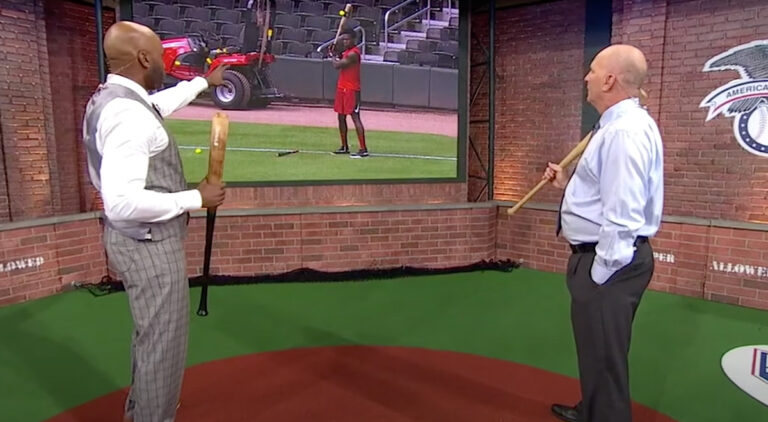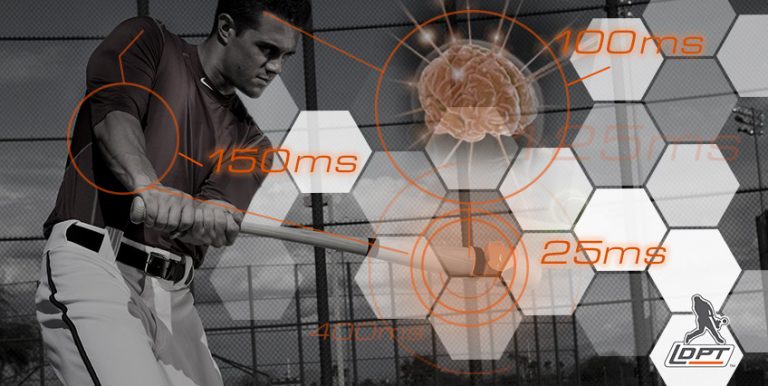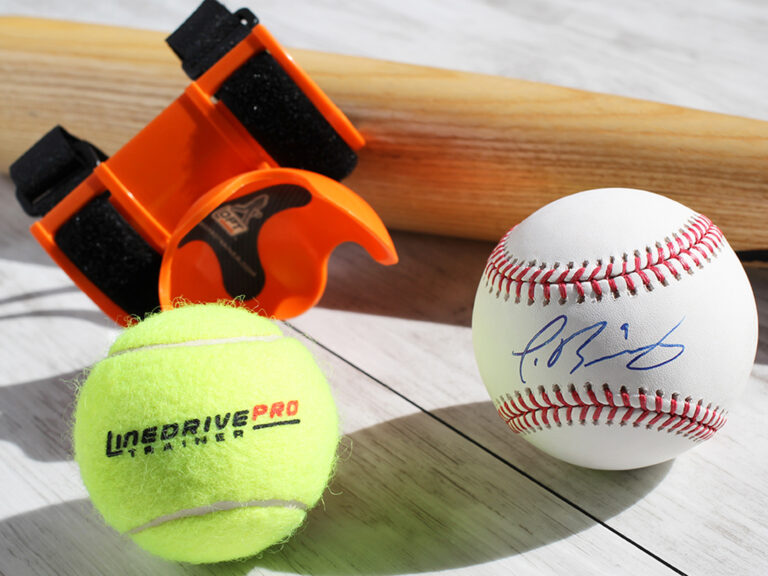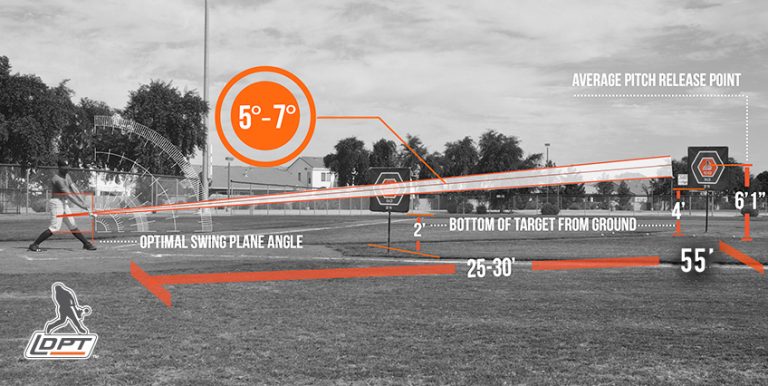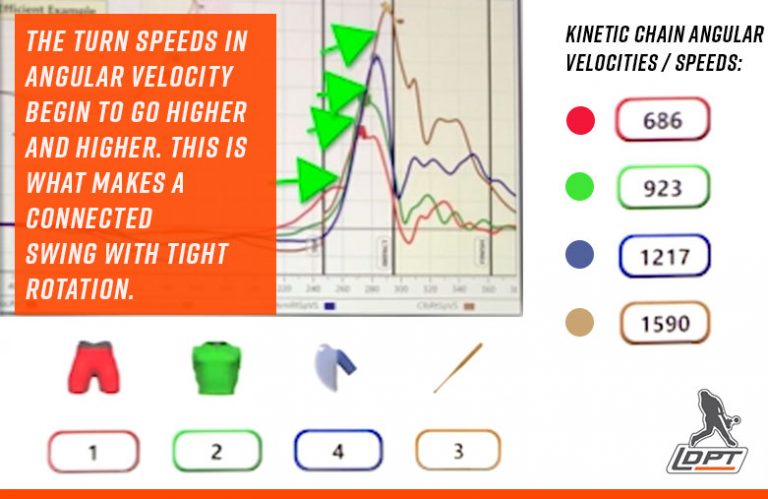4 Strategies for Developing a Good Hitting Approach
When it comes to developing a good hitting approach, there are four fundamental strategies to consider. Keep reading to get valuable tips for a successful hitting approach from former MLB player and current assistant hitting coach Jacob Cruz.
Hitting Approach #1: Coverage
The Coverage Approach is all about covering a designated area of the plate, typically middle-out. By concentrating on this “middle-out” concept, or middle-middle. Hitters position themselves optimally at foot strike, granting them better control of their body to cover a majority of the plate. The counts rarely matter, and they stay to their strength. The exception is with two strikes. This approach allows batters to adapt and react to various pitches effectively, making it especially useful when facing pitchers with a diverse repertoire.
Common phrases from players associated with this approach include “I reacted to what I saw” and “I blacked out and just hit it.” Ideally, this approach accounts for 75-80% of a hitter’s strategies.
Note: I can have this approach and cover middle-in because this approach puts my body in the best position to react to the location middle-in. At times looking middle-in, my body can tend to anticipate the pitch or location too soon, and I lose the best posture to fire off a swing. However, those with body control have the option to look middle in and annihilate pitches to the pull side.
Hitting Approach #2: Specific Pitch Hunt
In the Specific Pitch Hunt approach, hitters are on the lookout for a particular pitch, such as a left-handed batter targeting a sinker moving away to hit it toward left-center field. This method is highly specific and leaves little room for deviation from the sought-after pitch. This approach can be particularly rewarding if a pitcher is highly dependent on a particular pitch. For example, high vertical, top rail fastball, or like I mention, horizontal two seams lower outer quadrant. However, executing this approach can be challenging and might limit a hitter’s ability to handle mistake pitches or center-cut deliveries.
Common phrases associated with this approach include “hunt a lane” or “push the ball out/in.”
Hitting Approach #3: Defend Approach
The Defend Approach is employed by hitters looking to defend against a specific pitch or location. It often involves eliminating one or more pitch types and focusing on one or two particular pitches.
This strategy requires batters to anticipate and react to specific pitch types or locations, effectively acting as a defensive measure against the pitcher’s offerings. “ I’m going to plant my flag on either side of the plate and defend it”
Common phrases associated with this approach include “pick a pitch” or “pick a side and defend it.”
Hitting Approach #4: The “Coveted” Approach
The fourth approach, arguably the most coveted, isn’t about the pitcher; it’s all about the hitter. This elusive strategy requires prior preparation and unwavering focus.
I dub it the “I don’t care what the pitcher throws; I care if I’m right, then he doesn’t matter” approach.
Picture this: the hitter opens their vision, sees the release of the pitch, and enters a state of flow. He simply reacts to the vision of what he sees. The key here is that he processes what he sees incredibly early, allowing his mind to decode speed, movement, and location based on the intricate details of the seams and his stored bank of knowledge.
The elite of the elite consistently find themselves in this zone. They’re left puzzled, wondering why the game seems so arduous for others. To them, the pitcher’s details are inconsequential. They’re not sure why others fuss over gathering heaps of information about the pitcher. All they know is that when everything aligns, they enter a realm where the pitcher becomes a mere formality. “He has a rock, and I need to hit it”
This approach is when everything aligns magically. The hitter’s vision, the anticipation of the pitch, the rhythmic breathing—when it all synchronizes, the game slows down. Suddenly, the pitcher fades into insignificance. The hitter stands in the box without thought. They simply react to what they see. It’s as if time dilates, and they embody the old saying, “See ball, hit ball.”
Getting into the flow state is a whole other topic. One which I have experienced and one which I feel can be harnessed. Like everything in baseball, it takes preparation and commitment, but that’s for another post or conversation.
Each of these hitting approaches has its unique strengths and limitations, and the choice of approach may vary depending on the hitter’s style, the game situation, and the type of pitcher they are facing.



